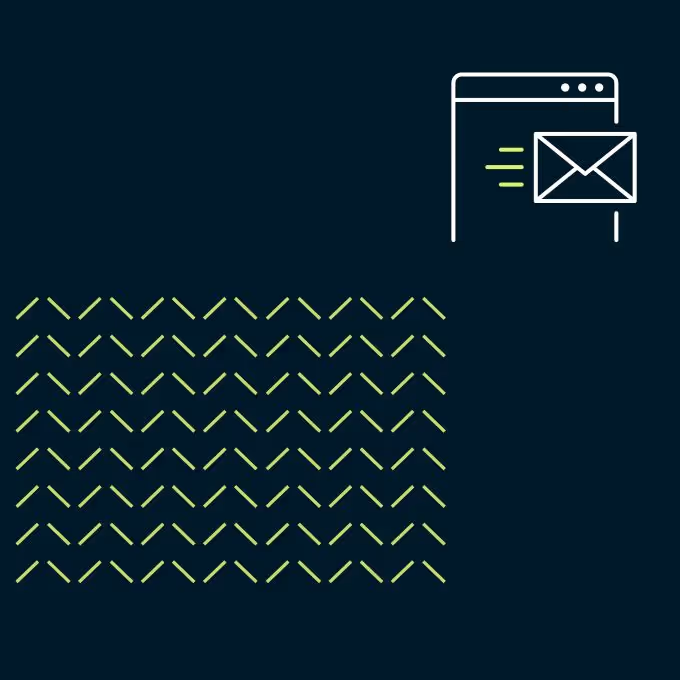Experience for new business:
Articles, whitepapers, toolkits and studies
Dive deeper into various corporate innovation and venturing topics. Explore the knowledge we share about venture building, intrapreneurship and new business models.



5 corporate venturing tools for new business building
Across industries, companies are strategically investing in innovation to stay competitive. From venture clienting and CVCs to acquisitions and venture building, these tools are crucial for exploring new business opportunities. Each approach creates value in its own way, yet many still find it challenging to translate innovation into long-term sustained growth. Company creation funds address this gap by offering a capital-efficient, systematic way to build and scale multiple ventures in focused verticals, turning innovation from isolated projects into a repeatable growth system.







.png)





%20road%20from%20a%20prototype%20to%20a%20profitable%20company%20%E2%80%93%203.png)








.jpg)
.jpg)
.jpg)
.jpg)
.jpeg)



